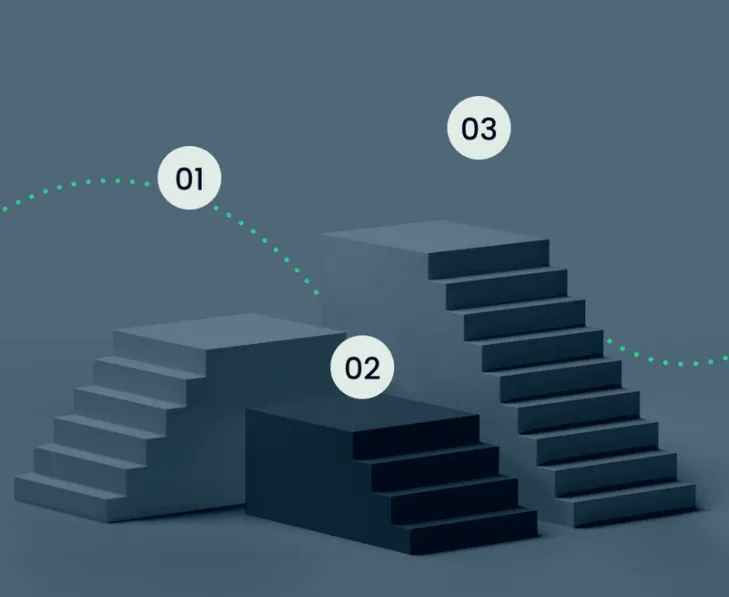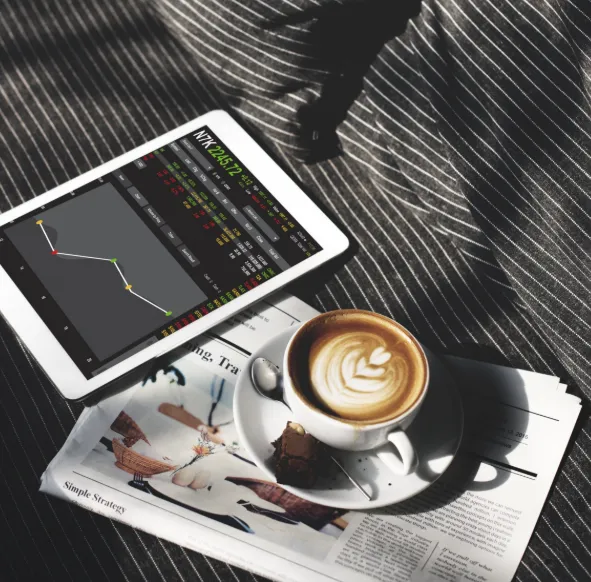The world of trading can often feel like a tumultuous journey, full of unexpected twists and turns. As a funded trader, you may experience moments of doubt, frustration, and confusion. It’s easy to feel disconnected from your previous trades, especially when one loss seems to grow larger than your wins. But even in moments of uncertainty, don’t lose hope. Switching your trading strategy might feel daunting, but it can also be the key to unlocking more consistent success.
Understanding the Challenges of Trading
Many traders face the challenge of watching charts for hours, trying to spot patterns in the noise of the market. You might enter a trade based on solid analysis, only for the market to reverse, making your effort seem in vain. This constant cycle can lead to self-doubt, especially when other traders or financial media offer advice that doesn’t seem to help. You try adapting, but nothing improves. If this sounds familiar, it’s a sign that you may need to reassess your strategy.
The journey of trading isn’t just about relying on algorithms or indicators. It’s about learning to navigate the emotional ups and downs while staying true to your own approach. Even seasoned traders face challenges, and if you’re new, the process can feel overwhelming. But remember, self-doubt is part of the journey. Even the most successful traders face obstacles, and you’re not alone in your struggles.
Why Switching Strategies Might Be the Right Choice
It can be tempting to stick with a trading strategy that feels comfortable, even if it’s not yielding the results you hoped for. After all, change is intimidating. But holding on to a failing strategy out of fear or comfort is a losing game. Trading requires adaptability and the willingness to evolve. If you’ve found that your current approach isn’t working, it may be time to consider a new one.
Making the switch to a new strategy can feel like diving into unfamiliar waters. It’s similar to stepping into a new environment, unsure of what to expect. However, changing your approach doesn’t have to be a leap of faith. Instead, take a strategic and controlled approach. Testing new strategies and evaluating their performance can help you make informed decisions before committing to them fully.
How to Transition to a New Strategy Effectively
- Do Your Homework
Before you dive into a new strategy, take the time to research and test it thoroughly. Think of this as your preparation phase—don’t rush to invest real money without fully understanding the strategy’s potential. Begin by testing the strategy with historical market data. This allows you to simulate its performance over an extended period, giving you insights into how it would have performed during different market conditions. - Risk Assessment
Every new strategy carries a certain level of risk. Before fully adopting a new approach, evaluate the risk associated with it. Consider how the strategy might perform during periods of market volatility or economic downturns. It’s essential to understand how external factors might impact your strategy. Additionally, remember to evaluate the strengths and weaknesses of your current strategy before jumping to a new one. Identify any potential risks and make sure your capital is protected. - Start Small and Test
Once you feel confident in your new strategy, start with small trades. This allows you to test the strategy in real market conditions without risking a significant portion of your capital. Think of this phase as a “test drive” for your new approach. Monitor your trades closely during the initial weeks and months. Keep an eye on how the strategy reacts to market fluctuations, and make adjustments as needed. - Control Your Risk
To minimize the potential for large losses, set protective stop-loss orders and use a small position size. Start with a smaller percentage of your typical trade size, such as 10%, 15%, or 20%. This will allow you to gauge how the strategy performs without exposing you to unnecessary risks. As you gain confidence, you can gradually increase your position size. - Patience and Consistency
Transitioning to a new trading strategy takes time. Don’t expect immediate success. Treat this period as a learning phase and stay patient. Watch how your strategy plays out over several trades, and be consistent in your approach. Be prepared for setbacks, but remember that success comes with time and careful evaluation.
Conclusion
Switching to a new trading strategy can feel intimidating, but it’s often necessary for long-term success. By testing your strategy, managing risk, and starting small, you can make the transition smoother and less stressful. Remember, trading is a journey, and you are the captain of your ship. Keep refining your approach, stay patient, and trust the process. With time and perseverance, you’ll find the strategy that works best for you.













